“We never really lost an interest in creating music together” Lee Ranaldo on why In/Out/In is the proof that Sonic Youth never lost their spark
The guitarist on why their new archive collection marks a special milestone in the history of the the New York experimental icons, and why the Jazzmaster was the ultimate Sonic Youth guitar, but he’s recently been preoccupied with Casinos.
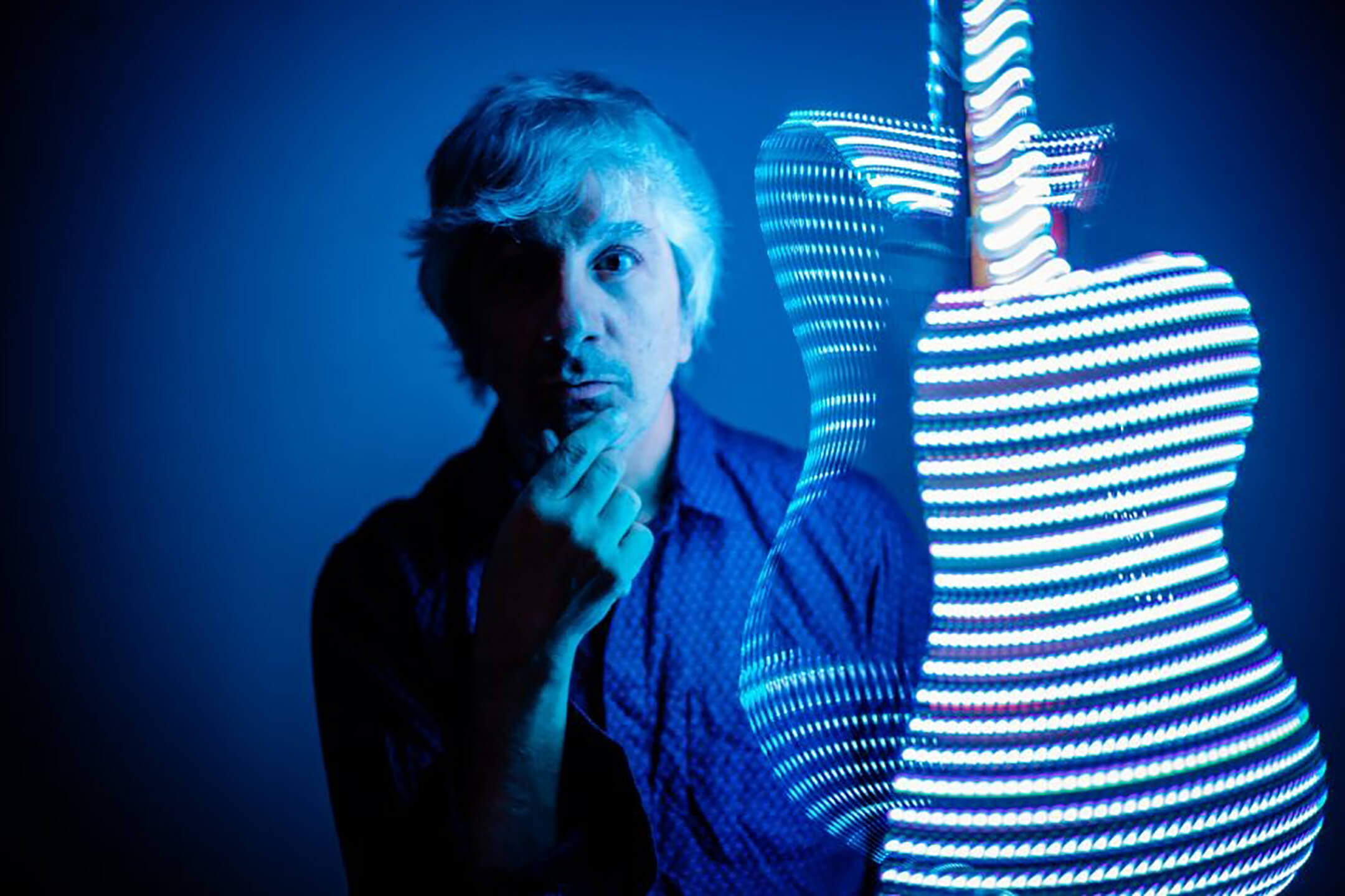
Image: Anna Bogac
Lee Ranaldo refuses to be pigeonholed. Sonic Youth’s guitarist extraordinaire-turned-solo star, producer, author, painter and poet is at home on a Thursday evening in Lower Manhattan when we connect via Zoom. We are ostensibly discussing the new Sonic Youth release In/Out/In/– the legendary experimentalists might have finally called it a day in in 2011, but the record’s five tracks are previously unreleased both on vinyl and digital. They run the gamut from a tight three and a half minutes to over 12, and were laid down during the final decade of Sonic Youth, between 2000 and 2010.
Some were recorded in their Massachusetts rehearsal room during sessions for 2009’s final LP, The Eternal, while the remainder were recorded in California, New Jersey and Echo Canyon. The first decade of the new Millennium was a fruitful one for the band, who kept up their impressive clip of new studio albums (four alone in that last 9 years, including beloved records Sonic Nurse and Rather Ripped) but also releasing more leftfield projects on their SYR (Sonic Youth Recordings) label.
In/Out/In is a psych-improv, ambient jungle of riffs and melodies that spindle into crooked shapes, meandering and ebbing from the core melody before wheeling around and back, seeking the heart of the song again. It exemplifies the chemistry of Sonic Youth, Gordon and Ranaldo’s thick-as-thieves relationship in lead and rhythm, a rock ‘n’ roll dream team.
“It’s always fun when there’s a new bit of Sonic Youth music released and we’ve been releasing a lot of stuff on Bandcamp in the last year or so, which has been really rewarding for us. But, it’s all been digital-only, no actual artefact of the stuff, so to be able to release this on vinyl, we were just happy to do it.”
Real release
In/Out/In is a Three Lobed Records release, the label run by Cory Rayborn, a friend of the band with whom they’ve released band recordings and various solo works. Two of the tracks (In & Out, Out & In) had previously been released as part of a Three Lobed box set of various artists from 2011 called Not the Spaces You Know, But Between Them.
“It’s been fun to see the reaction to having an actual album out, as opposed to just a digital release,” Ranaldo continues. “People seem to have been, honestly, quite excited about it, which is really fun from our point of view.”
A decade after Goo, which had preceded tours with Nirvana and transformed Sonic Youth into MTV and Lollapalooza catnip, the band had nothing to prove. In/Out/In reveals a band feeling their way through whatever personal dissonances were creating division – not least Moore and Kim Gordon’s disintegrating marriage – to find musical harmony. Their dedication through the long, venturing, sometimes ecstatic and sometimes mournful instrumentals feels like a hunger for togetherness, like a game in which each takes turns to hide and be found, or to lead the pack through unknown territory and establish some form of unspoken rules.
“I remember all of this stuff. I had a hand in putting a lot of it together in terms of the studio work behind it, and it’s always fun to revisit this stuff,” Ranaldo muses. “Steve Shelley and I have been manning the Sonic Youth Bandcamp site, so we’ve been combing through looking for stuff to put out. Some of this stuff we’ve only heard relatively recently. We were able to find three new tracks to go with the two Cory had already released, and that made a nice set. The two old ones, In & Out and Out & In were released on 12-inch EP. Machine, Basement Contender and Social Static had never been anything other than digital releases before.”
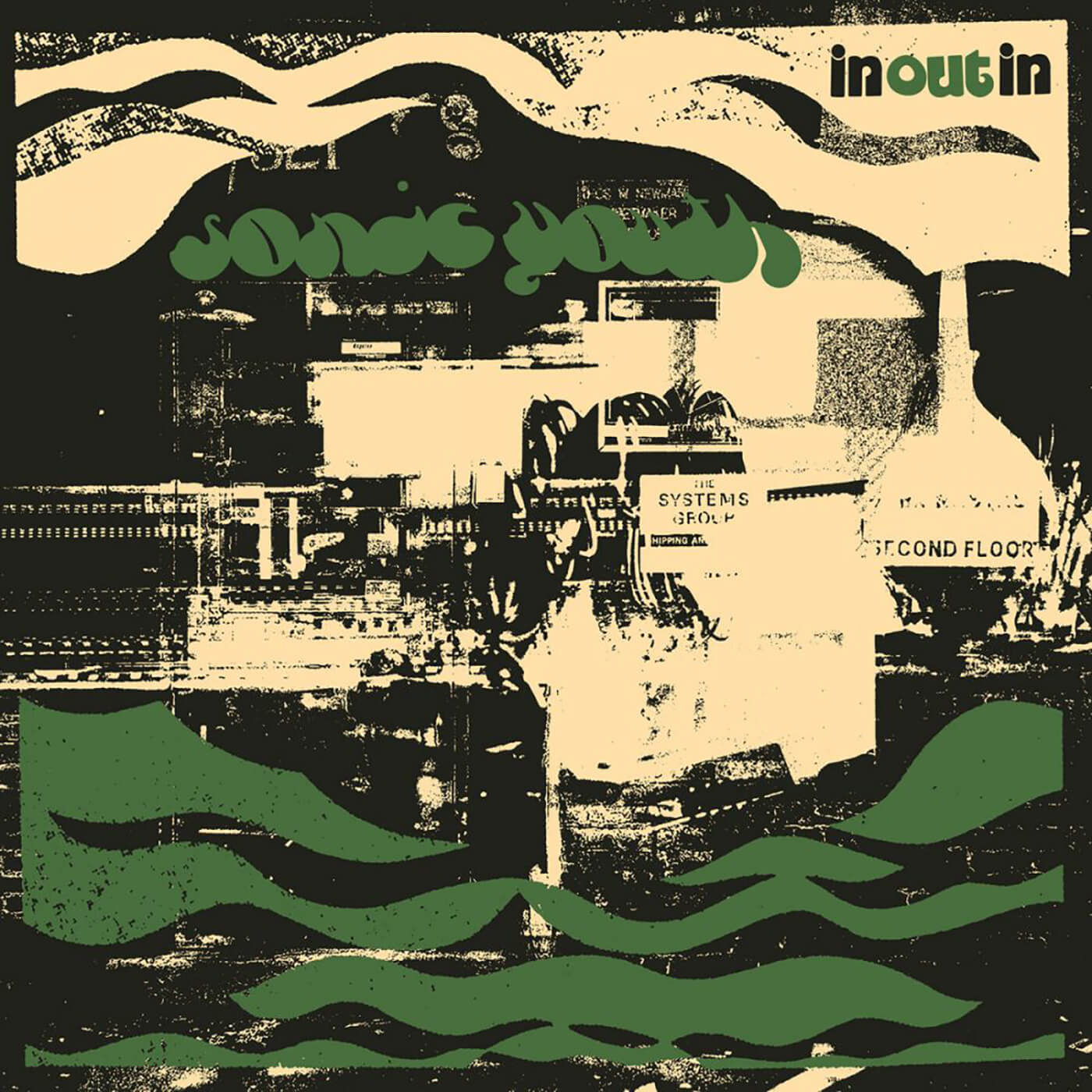
Striking out
Though the end of the band was imminent by the time In & Out was recorded in 2010, the adventurous, cosmic, ethereal sonic textures conjured up in its multi-layered textures revel in a group of individuals clearly in harmony with each other and their instruments.
“That kind of a joy has been there since Kim and Thurston and I started bashing stuff out in an art gallery in 1981,” Ranaldo says. “I think that’s what kept our band not just unique, but also – in a way – powerful, because we never really lost an interest in creating music together.”
As Ranaldo recalls it, buying their own studio and fitting it out to their specific needs was a major factor in the confident sound they achieved over that decade of recordings, both for major labels and their own SYR label.
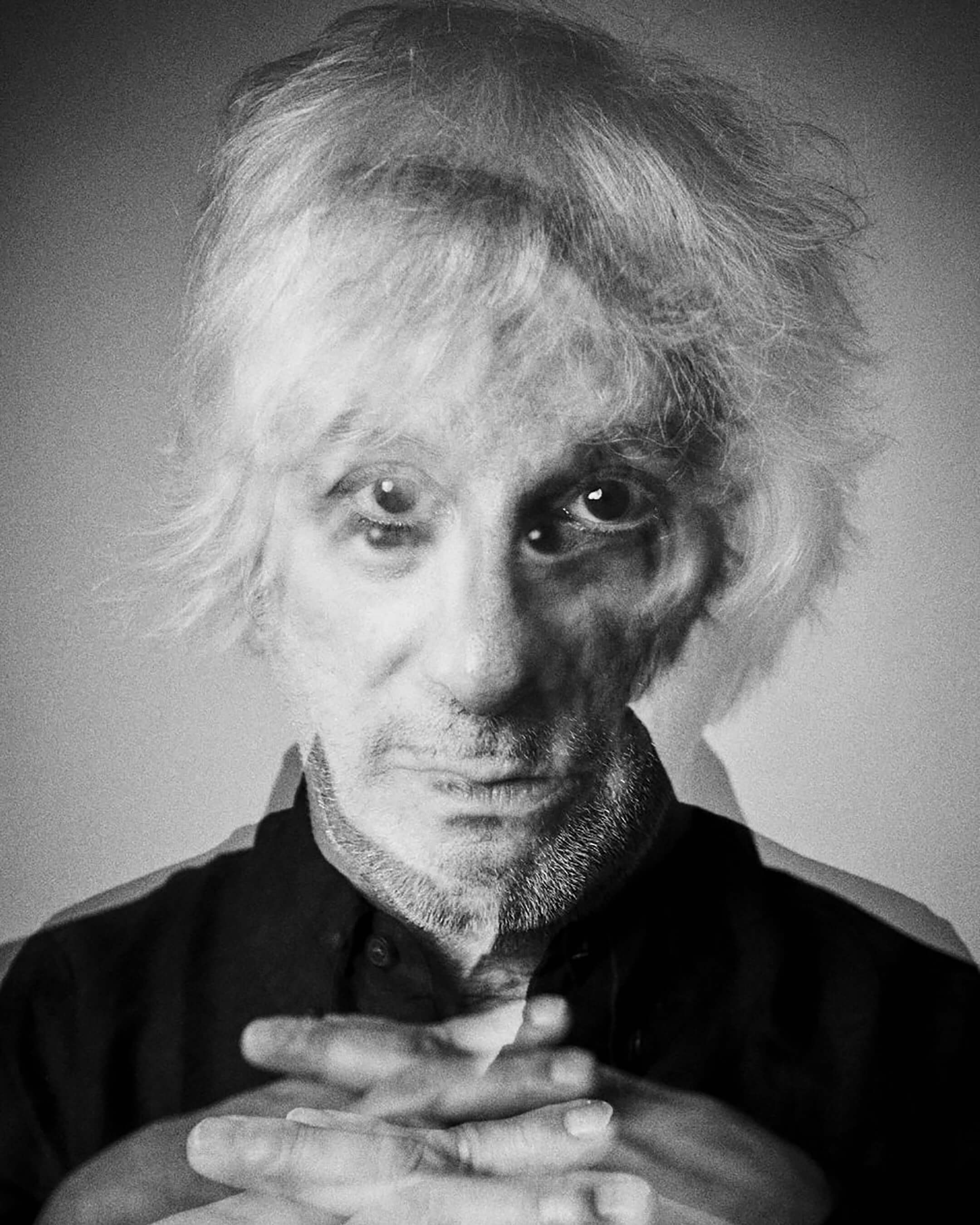
“A big factor in this music [In/Out/In] is that starting around the mid-90s when we made money on that Lollapalooza in 1995, we sunk that money into a professional quality studio. We basically bought all the gear we’d loved making records on: 16-track two inch tape, Neve desk, all the same gear we were looking for in studios we went out and bought for ourselves. This music is really a product of having our own studio. One of the cuts, the one with Kim’s vocal [In & Out] started with recordings that our sound man had done at soundchecks in Pomona, California that we then took into the studio and layered some more stuff on top of it. The Social Static piece was done in the era when Jim O’Rourke was in the band and we were really just constructing all kinds of different tracks in the studio, using the studio as an instrument.”
Their studio has since moved from Murray Street in New York to Hoboken, New Jersey. “It’s a bit hobbled these days, especially after the last couple of years of the pandemic, but we still do maintain a studio there where occasionally work goes on.”
Eternal sunshine
Sonic Youth’s 15th album The Eternal was a fine way to finish their reign as experimental, noise-rock, post-grunge royalty, charting at 18 on the Billboard 200, the highest they’d ever climbed the charts in the US. Gordon had established Free Kitten with Pussy Galore’s Julie Cafritz in 1992 and had returned to making music after a hiatus in the mid-2000s. Thurston, always a prolific collaborator and solo artist, had established his label Ecstatic Peace, and through the first decade of 2000, had recorded respectively with noise collective To Live and Shave in LA, guitarist Marco Fusinato, J Mascis, and Jemima Pearl. Ranaldo, too, had made solo albums and produced for various other bands.
The Eternal enabled Ranaldo to step up into a greater role as songwriter and vocalist, taking the lead on What We Know, Walkin Blue, and equal billing with Moore and Gordon on Poison Arrow. That album, as all prior, was not modelled on other bands nor shaped by popular trends of tables of executive music insiders.
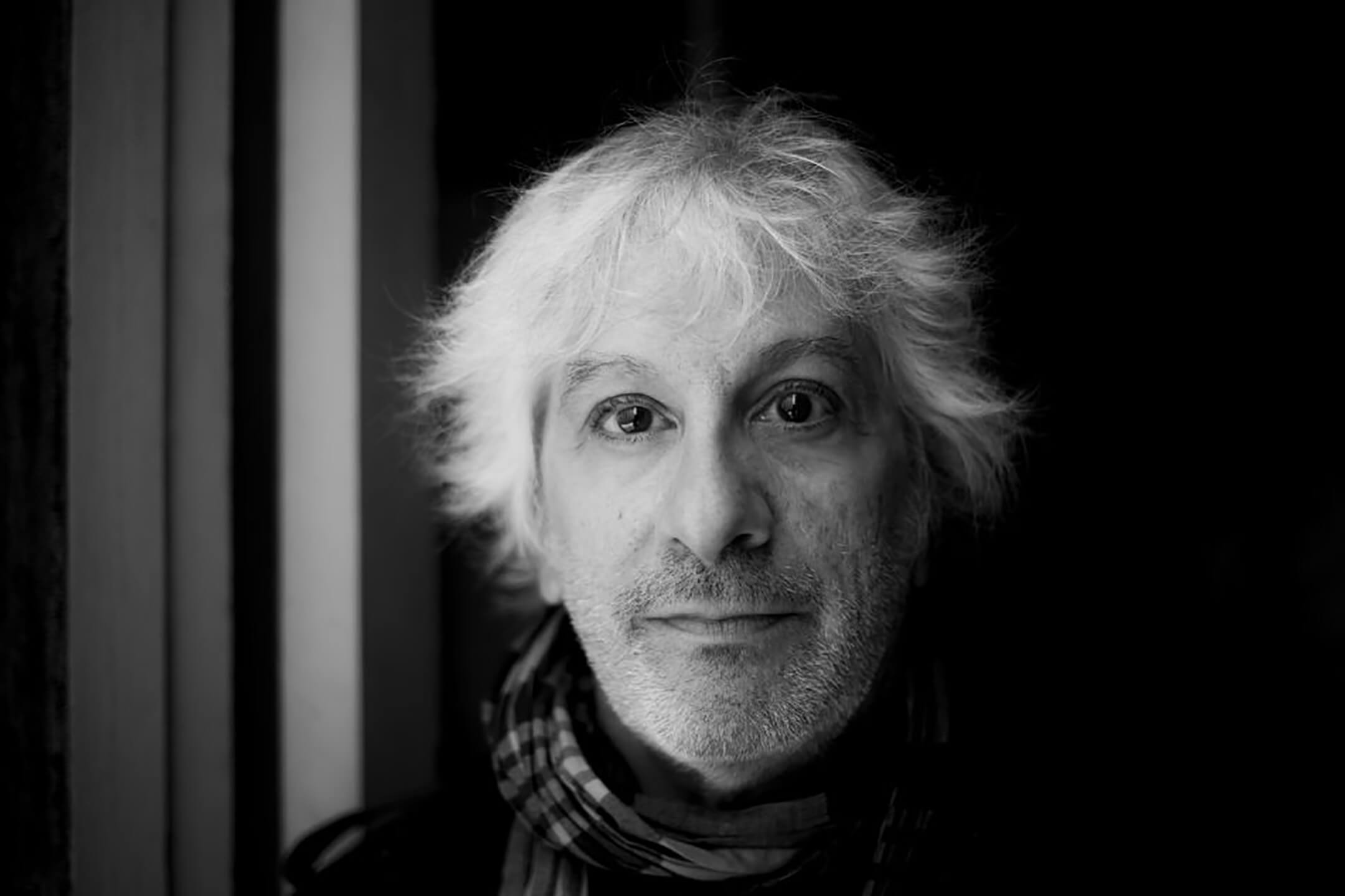
“We were always being influenced by whatever’s going on around us. In that period in particular, the 2000s, I think it was a period when we were rediscovering our roots in the independent music community. We were really being influenced by a lot of small bands that came and went without anybody hearing about them, as opposed to a band like Pavement in the 90s, which was a big influence, or in the 80s it was Dinosaur, and of course Nirvana in the 90s. In the 2000s, we were really interested in this underground community of freak folk stuff, this band called Wooden Wand, Magic Markers, a bunch of people doing stuff under the radar. So many bands were trying to be the next grunge heroes or the next big label Nirvana-type bands.
“Most of the bands we were interested in had turned their back on the whole commercial format and were making obscure 30-minute noise pieces, referencing Stockhausen and Varese as opposed to Soundgarden or Mudhoney. It was also the period when we were doing a lot more improvising work, improv stuff in clubs with different conglomerations of musicians on different nights… it was also the period when we were asking more obscure artist to open shows for us, artists [where] our audiences did not always get what was going on.”
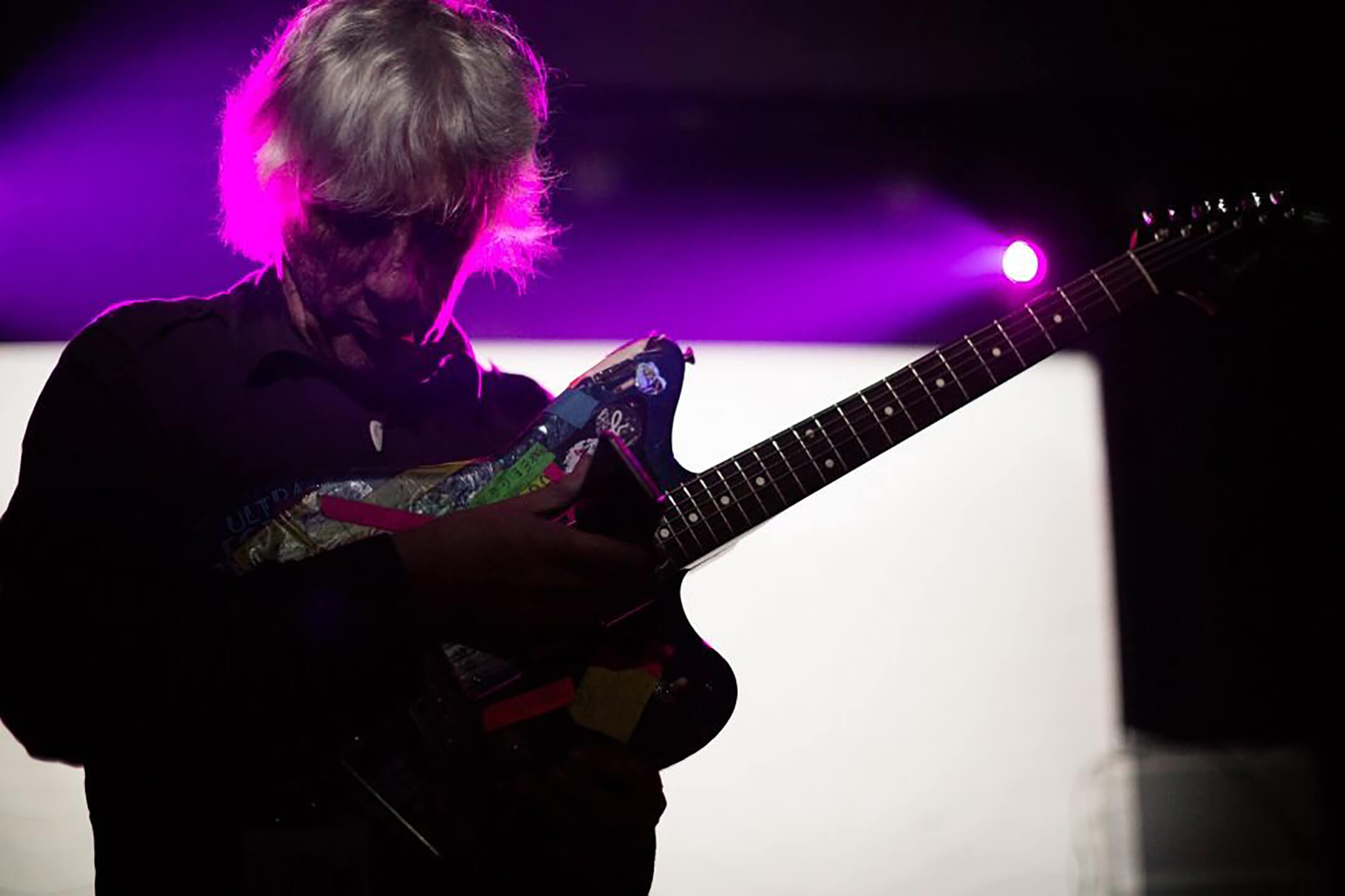
Casino royale
Post Sonic Youth, Ranaldo hasn’t had pause to romanticise the past. He has performed and recorded solo and recruited big-name collaborators to his books and albums. Electric Trim in 2017, his third solo album, featured Sharon Van Etten, Steve Shelley, and Barcelona-based musician Raul Refree performing songs with lyrics co-written with celebrated US author Jonathan Lethem. His artwork has been exhibited across galleries internationally, he’s produced for numerous artists and bands, and he has plans to meet up with Refree to record again soon.
After decades of a well-publicised dedication to the Fender Jazzmaster, an addiction he shares with Thurston Moore, he has been fixated on the Epiphone Casino ever since watching Peter Jackson’s uber-nerd Beatles documentary Get Back earlier this year.
“Sonic Youth never had just one or two guitars laying around, we had 10, 20 or 30 laying around,” he recalls, a laugh welling in his voice. “In the period of [In/Out/In], Thurston and I are playing Fender Jazzmasters modified to suit our needs and by the mid-2000s we had signature models that Fender had invited us to create with them. From the late 80s, the Jazzmasters were our favourite instruments. We were mostly playing Fender Mustangs, Telecasters or Jaguars but we had far more Jazzmasters than anything else. It’s still true today, to a degree. When I do experimental shows I’m playing my signature Jazzmaster but these days I play as much acoustic music… that’s another kettle.”
This is where the Epiphone Casino shines.
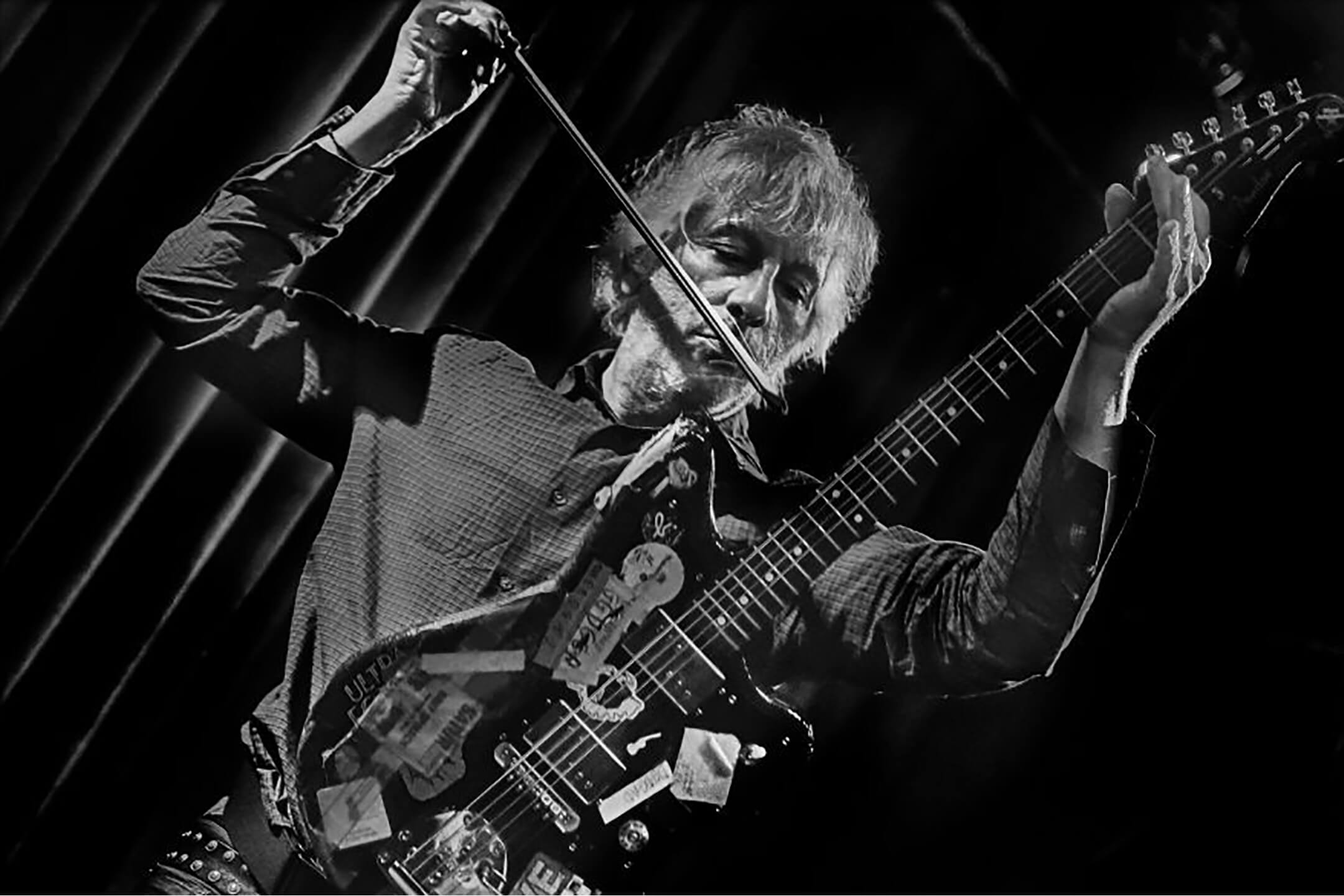
“My recent fixation is the Epiphone Casinos, which is a hollow-bodied, electric jazz-style guitar. That’s the thing I’ve been playing the most recently, and an old Gibson ES-125, which is their classic hollow-bodied electric guitar from the early 60s. Those two guitars straddle the line between being electric and acoustic guitars, so I gravitated to those as an in-between. Gigs where I really want to drag the guitar around the stage, I’m using a solid-bodied Jazzmaster, but I play a lot of more fragile, wooden acoustic guitars these days, mostly Martins.”
As much as Ranaldo keeps his ear to the ground for new, interesting music – everything from Lucy Dacus to Balinese gamelan �– he has an eternal soft spot for Bob Dylan and The Beatles, and the lore behind Lennon’s Casino informed his own passion for it.
“With the Epiphone, you can play it without being plugged in and it still sounds acoustic because the body is hollow like an acoustic, but it’s got proper electric pickups on it. I played a similar guitar for many years in Sonic Youth, but my recent fascination is that John Lennon is seen playing it in that Get Back movie, and all the Beatles played Epiphone Casinos at one point or another… Lennon scraped off the sunburst finish, and I got curious to get one and do similar modifications to it.
“John and George played these Epiphone Casinos in the mid-60s when they were writing Rubber Soul and Revolver, then when they went to India, Donovan was there and he recommended that they sand down the plastic finish to the bare wood to sound better. That’s the guitar John played for the rest of The Beatles and his solo stuff, that natural wood Casino. I love these kind of stories behind guitars, a story like this gets me interested. So, I got one of these guitars from Epiphone and my intention is to sand down the finish and find down if it makes the guitar sound better.”
It is late in Manhattan and Ranaldo has indulged me in a much longer conversation than either of us anticipated when we end. Despite In/Out/In marking the end of an era for Sonic Youth, they all remain on constant, enthusiastic contact with one another.
“Since we’ve stopped playing together, I love seeing what each of us is doing separately,” affirms Ranaldo. “That creative spirit is there in so much of what each of us is doing.”
In/Out/In is out now on Three Lobed Records.
